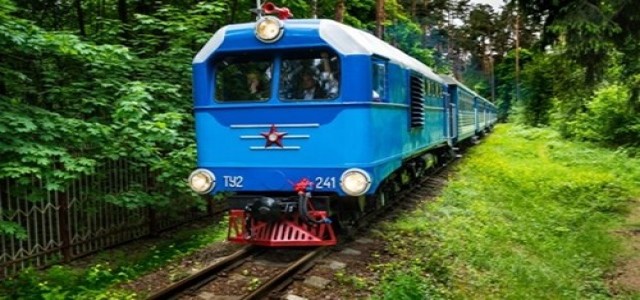
Siemens Mobility has reportedly inked a memorandum of understanding (MoU) with a Germany-headquartered organization to undertake joint research into the deployment of LOHC (Liquid Organic Hydrogen Carrier) technology in the railway sector.
Having already developed the Mireo Plus H, the announcement by Siemens Mobility signifies its most recent move in the sector. As against the LOHC technology, Mireo Plus H has been developed for storing hydrogen as a gas in tanks.
Given that governments across the globe look for boosting the quality of air and decreasing their reliance on fossil fuels, some trains are powered by utilizing electricity. However, others are still dependent on diesel for carrying out their journeys.
As per Siemens Mobility, the LOHC technology comprises an organic carrier liquid absorbing hydrogen, that is released only upon requirement. Among other things, this prevents escaping of hydrogen as a gas and negates the requirement for it to be stored at high pressure or low temperatures.
According to Albrecht Neumann, the CEO of Rolling Stock at Siemens Mobility, the company would be supplying a locomotive to the Helmholtz Institute Erlangen-Nuremberg for Renewable Energy for the purpose of testing LOHC technology.
Over the past few years, numerous major companies, in addition to Siemens Mobility, have started working on hydrogen-powered trains. For instance, Alstom, a European railway manufacturer, has developed the Coradia iLint. The train utilizes fuel-cells and stores hydrogen as a gas in tanks. The iLint has assumed testing and trials in Austria, Germany, and the Netherlands.
For the record, trains are not the only medium of transportation that have started the use of hydrogen fuel cells. It is to be noted that cities comprising Aberdeen and London have begun using hydrogen buses. Recent years have also seen hydrogen fuel cell airplane take to the skies, add reports.
Source credit: https://www.cnbc.com/2021/06/02/siemens-mobility-to-work-on-hydrogen-tech-for-trains-.html




